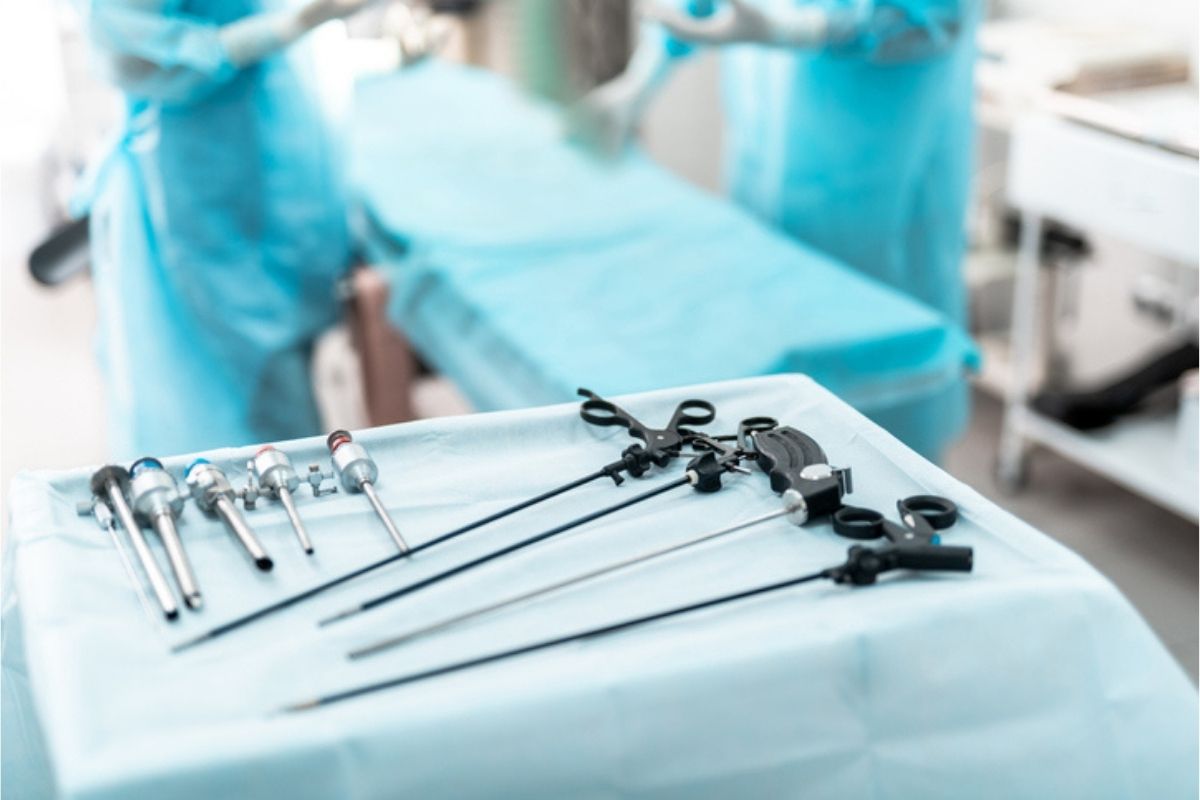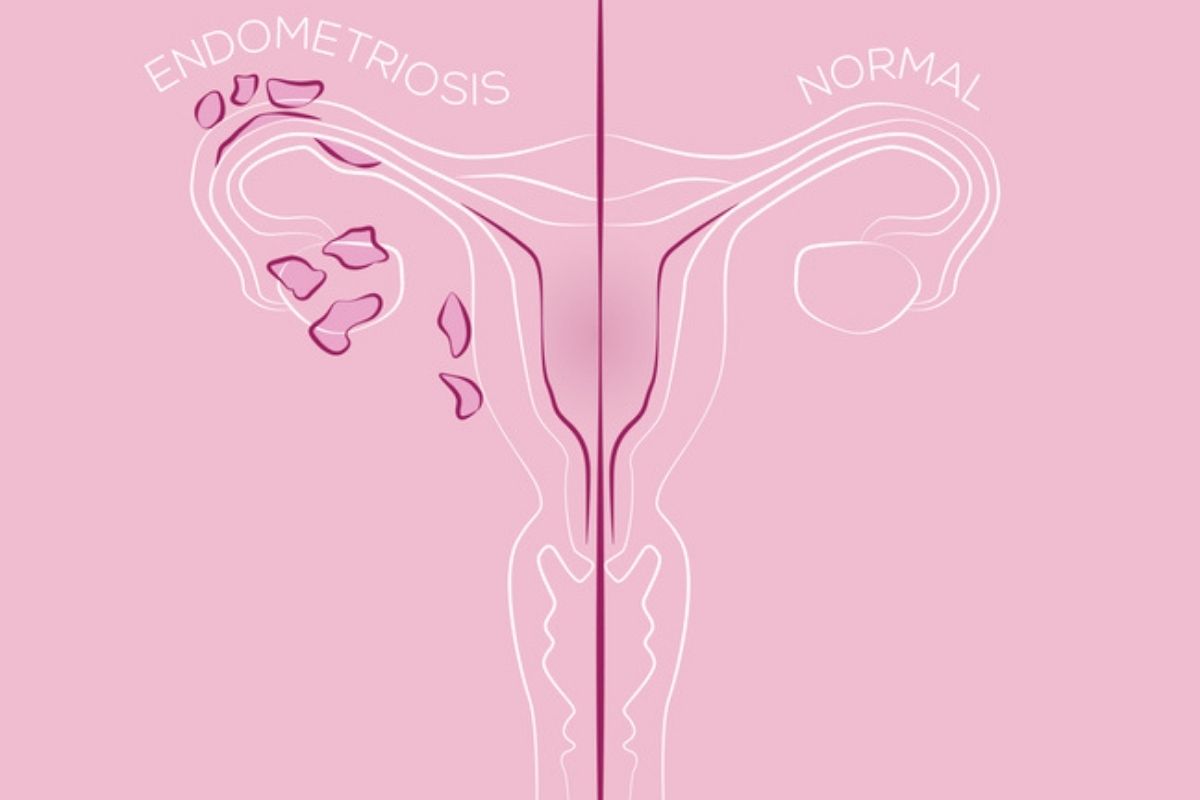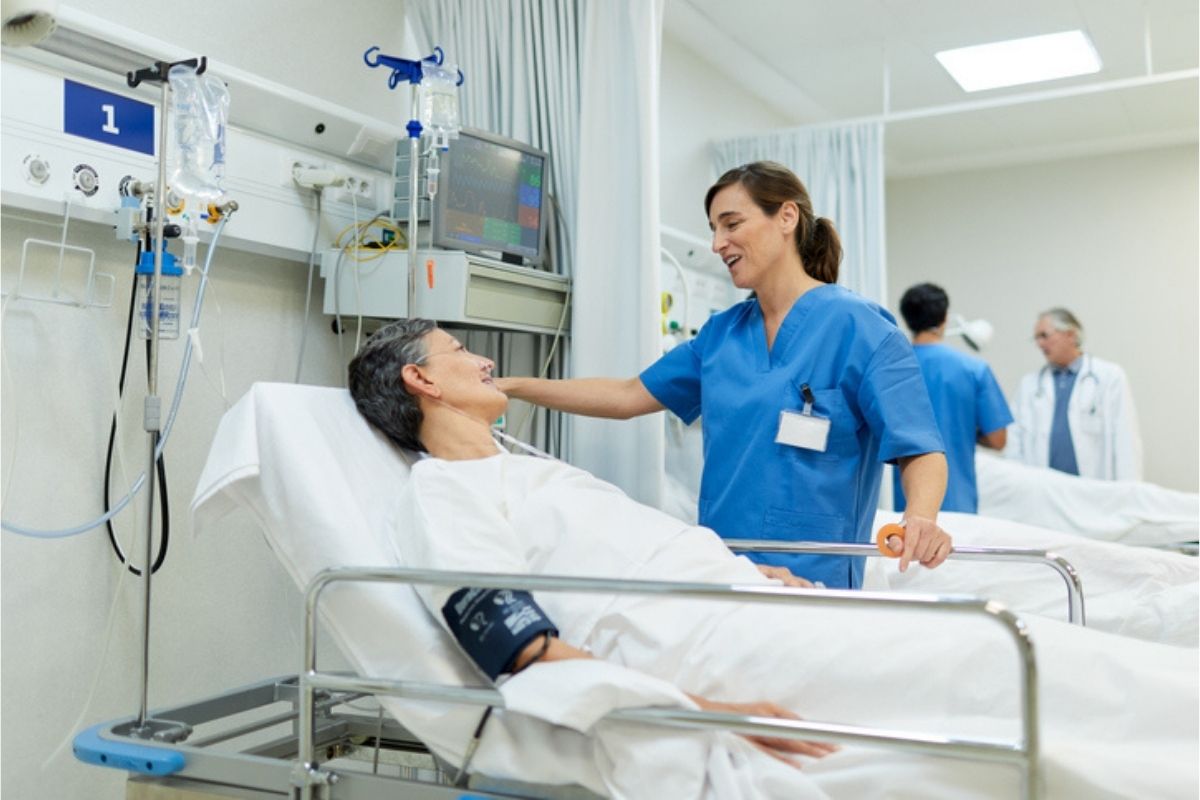By Dr. Tom Waliser
Endometriosis is a difficult disease. Many patients who are diagnosed with endometriosis experience significant amounts of pain and discomfort on a regular basis. Though modern medicine is beginning to develop solutions to endometriosis, science has a long way to go.
Fortunately, there are options for patients who live with endometriosis. Laparoscopies are one such option. Though surgery of any kind can be intimidating, laparoscopies provide an immense amount of relief. What’s more, they provide patients with much-needed answers about their condition.
What Is a Laparoscopy?
A laparoscopy is a minimally invasive surgery that allows a surgeon to look inside a patient’s abdomen to determine the cause of their pain. Though they can be used as a solution for endometriosis pain, laparoscopy procedures primarily provide diagnostic information about a patient’s condition.
What Are the Reasons to Get a Laparoscopy?
There are many scenarios in which a laparoscopy may be necessary. Though doctors may try other methods first, there are situations in which a laparoscopy is the best way to obtain a diagnosis. These situations include:
- Pain
- Ovarian cysts
- Endometriosis
- Fibroids
Medical professionals will be able to assess whether a patient is a good candidate for a laparoscopy, and if the procedure may be able to help their condition.
How Is a Laparoscopy Done?

In an operating room, an anesthesia care provider will give the patient general anesthesia. After the patient is asleep, the surgeon will make 2–4 very small “incisions” (cuts in the skin) about ¼ of an inch long in the abdomen. The first incision is placed just inside the belly button.
After the first incision, the surgeon will put carbon dioxide gas into the patient’s abdomen through this incision. The gas makes room inside the abdomen so that the internal organs can be seen.
When the carbon dioxide is inserted, the surgeon will put a surgical telescope into the first incision. This is a long instrument that looks like a thick straw and at the tip of the telescope is a small lens. The lens projects an image of the inside of the patient’s abdomen through a fiber optic cable on a small screen (like a television).
The other incisions (1–3) are made just above the patient’s pubic bone. Special laparoscopic instruments are placed into the lower incision sites. The surgery is done through the small incisions in the lower belly.
What Can the Surgeon See?
During the procedure, the surgeon will be able to see the outside of the pelvic area organs. This includes the uterus, ovaries, fallopian tubes, bowel, bladder, appendix, and the area behind the uterus.
This view allows the surgeon to see problems such as appendicitis, ovarian, or tubal cysts, as well as signs of endometriosis and fibroids. The surgeon can also tell if the patient is severely constipated or has any tumors or growths.
It may be possible for the surgeon to remove or destroy the endometriosis that is found. Additionally, they may drain, remove, or destroy any ovarian or tubal cysts.
How Is Endometriosis Destroyed?
Surgical treatment using different methods is aimed at removing and/or destroying any visible endometriosis lesions. Superficial lesions (lesions that are just on the surface and don’t go deep into the tissues) are treated at the time of laparoscopy by surgical excision (cutting them out) or burning them off. This is also known as “fulguration.”
Surgical excision is the most common and effective treatment for endometriosis of the ovary (endometrioma cyst). Surgical removal at the time of laparoscopy has been shown to improve pain without damaging the ovaries.
How Long Does the Surgery Take?
Laparoscopy usually takes one to two hours, but it depends on the extent and severity of what the surgeon finds. Patients under anesthesia will not notice that time has passed when they wake up.
What Type of Scar or Stitches Result From the Surgery?
Modern surgeries, including laparoscopies, often use stitches that dissolve into the body. This means that the patient does not need to have them removed.
This can occasionally be alarming. These stitches sometimes come out of the skin, which causes concern in many patients. However, this is normal. Most incisions look red or dark pink after the stitches dissolve, but they fade over time. The scars will be hardly visible since the incisions themselves are small.
How Common Is Endometriosis?

Depending on which clinical study is referenced, women with chronic pelvic pain (pain that has been going on for longer than three months), who did not respond to hormonal suppression or birth control pills, have about a 70-80% chance of having endometriosis. Depending on the patient, the doctor may need to eliminate other diagnoses before settling on endometriosis.
How Long Is the Recovery After a Laparoscopy?
Recovery time is different for every patient. However, the median recovery for a laparoscopy is 3-4 days. If the patient has significant endometriosis or adhesions (pelvic scar tissue) then the recovery can be up to two weeks.
What If the Patient Is Menstruating?
Patients who are experiencing a period on surgery day can still go through with the procedure. However, tampons cannot be worn in the operating room. The patient will be given a pad instead.
What Do Patients Feel Directly After the Surgery?
Most patients do not stay overnight after a laparoscopy procedure, because it is minimally invasive. However, abdominal tenderness and bloating are common.
To make themselves more comfortable, patients are encouraged to wear or bring stretchy, comfortable clothes to wear home after the procedure. This can help to minimize pain and tenderness in the abdomen. Patients are also encouraged to bring a book or other form of entertainment for the pre-op waiting area, as surgeries often require some wait time.
Pain Management After a Laparoscopy

Everyone’s experience following laparoscopies is different. The recovery room nurse will discuss which medications to take and how often once the patient returns home. In some situations, prescription pain medications are required, while other individuals can take over-the-counter NSAIDs, such as ibuprofen and acetaminophen. Since most prescription pain medications cause constipation, it’s important that the patient drinks plenty of water, eats foods that contain fiber, such as fruits and vegetables, and stays active. Some patients may also opt to take 1 capful of MiraLAX® (over the counter) in 8 ounces of fluid twice a day to relieve constipation.
For more information about laparoscopies, endometriosis, or other gynecological topics, contact AZGYN. We can answer any additional questions or concerns you have.

Dr. Davitt followed his passion for medicine and surgery through his undergraduate training at Boston University and into medical school at Marshall University in West Virginia. Training in Obstetrics and Gynecology brought him back to his hometown of Washington D.C. where he completed residency at Georgetown University Hospital and Washington Hospital Center. After residency he pursued advanced surgical training through a fellowship in Minimally Invasive Gynecologic Surgery at the Mayo Clinic Hospital in Phoenix, AZ.


